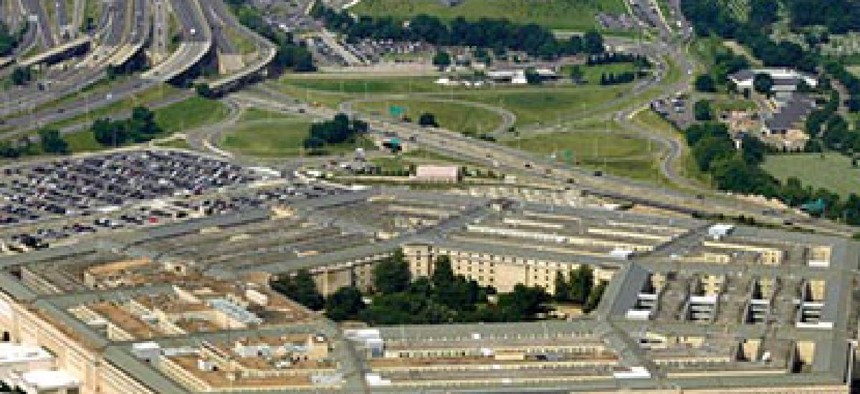DISA looks to fine-tune JRSS software

Pentagon CIO Terry Halvorsen says software is one of the missing pieces of the Joint Regional Security Stacks puzzle. DISA says it is getting closer to solving that puzzle.

A day after Defense Department Chief Information Officer Terry Halvorsen said the software component of the Joint Regional Security Stacks needed to improve, an official from the agency in charge of the project explained just how important the software is to DOD security.
If the Defense Information Systems Agency gets the software – known as the Joint Management System (JMS) – right, it would be a “pretty big advance” because it would allow the military services to manage their own network traffic flows without disrupting those of other services, said Jack Wilmer, DISA’s infrastructure development executive.
“The software is basically what’s going to allow us to actually control that multi-tenant environment,” added Wilmer, who spoke at a June 17 media roundtable at an AFCEA conference in Baltimore.
The software’s importance is not lost on Halvorsen. “Software really is the key piece that starts driving the success of JRSS,” in that it allows for visibility in the stacks and for predictive analytics to gauge cyber threats, he said on June 16, noting that he was “concerned” with the state of the software.
The JRSS are a collection of servers, switches and software tools meant to give DOD network operators a clearer view of network traffic. By sending that traffic to the cloud for analysis, the stacks can help operators quickly respond to threats by, for example, opening certain ports or blocking a given IP address. The stacks are set to be one of the key IT security projects undertaken by the Pentagon over the next few years. How the project fares could have a significant impact on DOD cybersecurity policy.
The JRSS is being rolled out gradually to military bases around the world; Joint Base San Antonio was the first to pass live network traffic through the stacks, and either Fort Bragg or Fort Hood could be next, according to Wilmer.
As for the JMS software, Halvorsen said that a recent visit to Silicon Valley turned him on to some “interesting security capabilities” from vendors that “I think could make us rethink a little bit what we think we can deliver in the first phases of the JRSS software.”
Halvorsen’s revelation comes at an interesting time: Wilmer said a procurement for the next version of the JMS software is “in the works,” but declined to go into detail. That procurement, which Wilmer dubbed “JMS 1.5,” will help move the project forward by supporting “the full suite of JRSS stacks,” he predicted.
NEXT STORY: FedRAMP: Red tape or silver bullet?





